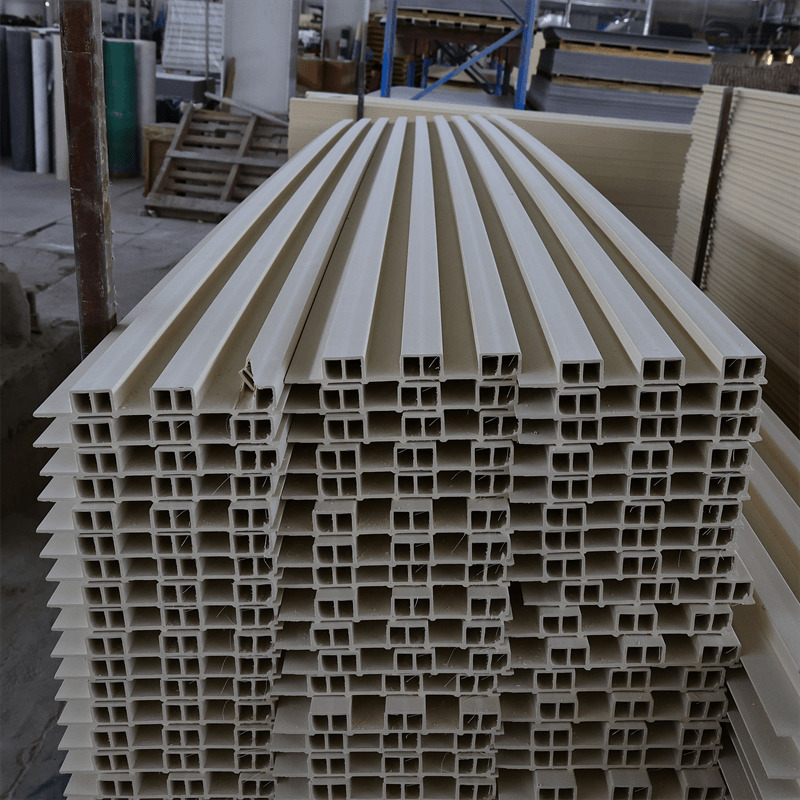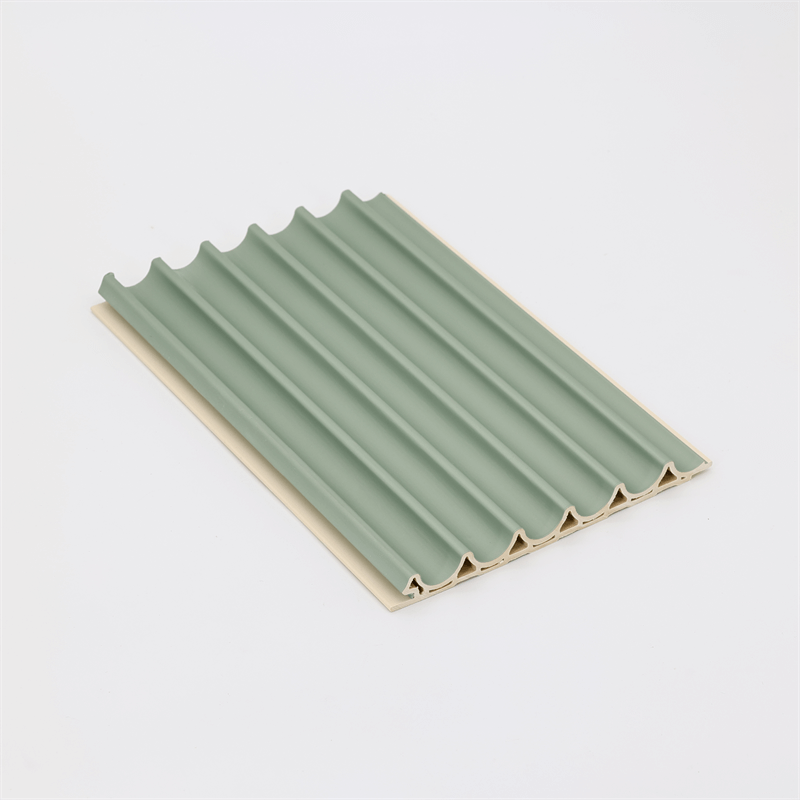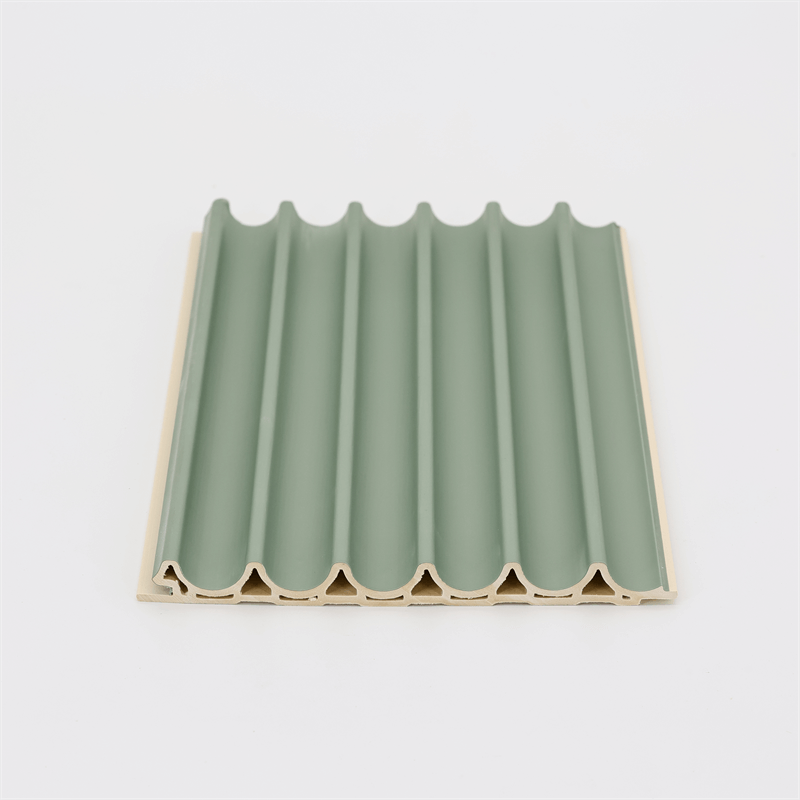In the realm of interior design, the quest for sustainability and style often goes hand in hand.
Designing spaces that are not only aesthetically pleasing but also environmentally conscious has become a priority for many homeowners and professionals.
WPC (Wood-Plastic Composite) wall panels offer an ideal solution for those seeking sustainable style.
This essay explores the transformative potential of WPC wall panels in creating sustainable and stylish interior spaces.
With a focus on their composition, benefits, design versatility, and installation, we will discover how WPC panels can elevate any environment.
I. Understanding WPC Wall Panels
WPC wall panels are composite materials made from a combination of wood fibers or flour and thermoplastics.
This unique blend results in a product that combines the natural appeal of wood with the durability and versatility of plastic.
The wood fibers provide an authentic texture and visual warmth, while the thermoplastics enhance the panel’s strength, resistance to moisture, and dimensional stability.
WPC panels are available in various sizes, colors, and designs, making them suitable for a wide range of interior design applications.
II. Sustainable Benefits of WPC Wall Panels
- Reduced Environmental Impact: WPC wall panels offer a more sustainable alternative to traditional materials. By incorporating wood fibers and utilizing recycled or reclaimed materials, WPC panels help reduce the reliance on virgin resources. This contributes to the conservation of forests and promotes a more environmentally friendly approach to interior design.
- Low Carbon Footprint: The production of WPC wall panels generates a lower carbon footprint compared to materials like concrete or steel. The manufacturing process of WPC panels consumes less energy and emits fewer greenhouse gases. By choosing WPC panels, individuals can actively participate in mitigating climate change and promoting a greener future.
- Longevity and Durability: WPC wall panels are highly durable and long-lasting, reducing the need for frequent replacements. Their resistance to warping, cracking, and fading ensures that they maintain their structural integrity over time, minimizing waste and resource consumption.
- Recyclability: WPC wall panels are designed to be recyclable at the end of their lifecycle. The panels can be ground up and reprocessed into new panels or other plastic products, contributing to the circular economy and reducing waste sent to landfills.
III. Design Versatility and Aesthetic Appeal
- Aesthetics: WPC wall panels offer a wide range of design options, allowing individuals to create personalized and visually appealing spaces. The panels can mimic the natural beauty of wood or be available in various finishes, colors, and patterns. Whether seeking a rustic, contemporary, or minimalist look, WPC panels can be customized to suit any design preference.
- Texture and Visual Warmth: The wood fibers in WPC wall panels provide a textured surface that adds depth and visual warmth to interior spaces. This natural texture creates a welcoming ambiance and enhances the overall aesthetic appeal of a room.
- Customizable Sizes and Shapes: WPC panels can be manufactured in different sizes and shapes, providing flexibility in design. Whether used for full wall coverage or as accent panels, their versatility allows for creative applications that elevate the visual impact of a space.
- Integration with Other Materials: WPC wall panels can seamlessly integrate with other materials, such as glass, metal, or stone, to create unique and harmonious design combinations. This versatility enables designers to achieve the desired aesthetic while incorporating sustainable elements into their projects.
IV. Installation and Maintenance Considerations
- Easy Installation: WPC wall panels are designed for ease of installation, whether by professionals or DIY enthusiasts. The panels can be directly mounted on walls using adhesives or mechanical fasteners, simplifying the installation process and reducing time and effort.
- Low Maintenance: WPC wall panels require minimal maintenance, making them an attractive option for busy homeowners and commercial spaces. Their resistance to moisture, mold, and pests eliminates the need for frequent cleaning or chemical treatments. Regular dusting and occasional wiping with a damp cloth are usually sufficient to keep the panels looking their best.
- Cost-Effective Solution: While the initial cost of WPC wall panels may be higher than some traditional materials, their longevity and low maintenance requirements contribute to long-term cost savings. Additionally, their sustainability credentials and aesthetic appeal can enhance the value of a property, making them a worthwhile investment.

WPC wall panels exemplify the perfect fusion of sustainable design and style.
With their composition of wood fibers and thermoplastics, these panels offer numerous benefits, including reduced environmental impact, low carbon footprint, durability, and recyclability.
The versatility in design, customizable options, and seamless integration with other materials make WPC panels a popular choice for creating visually appealing and sustainable interior spaces.
Moreover, their easy installation and low maintenance requirements add to their appeal.
By embracing WPC wall panels, individuals can transform their spaces into showcases of sustainable style.
Whether used in residential or commercial settings, WPC panels contribute to a greener future while providing lasting beauty and functionality.
As the demand for sustainable design continues to grow, WPC wall panels stand as a testament to the possibility of creating stunning spaces that prioritize both aesthetics and environmental responsibility.


